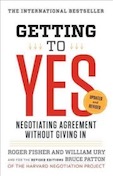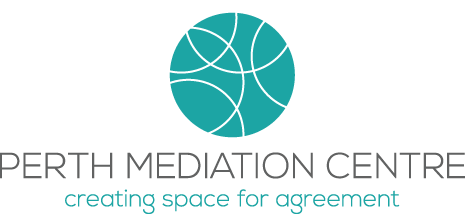
If there was only one book about how to work out arrangements with other people this would have to be it. Fisher and Ury step us through negotiation in a way that seeks out solutions rather than winners and losers.
They start by telling us to find underlying interests and explore them rather than locking ourselves into a tug of war over our positions. So, what is the difference between our interests and our positions? It’s probably fair to say that it gets a bit tricky, especially when we are invested in seeing our position and our interest as the same thing.
What?
Many of us are conditioned into positional bargaining from childhood so it should be easy to determine what that is. I want that biscuit. I want that car. I want that $1,000. Now if there are two people and only one biscuit, car or $1,000 positional bargaining will focus on who gets it or who gets how much of it if there is a way to divide the thing.
Now there are few people in my circle of friends that would have any practical use for less than a whole car, half a biscuit might get us somewhere and $500 might work so long we aren’t set on buying a particular thing!
So, what are our interests and where do we find them? “Getting to Yes” has quite a bit to say about this but putting in simply, it helps to ask why. Why do I want the biscuit? And, keep asking why until there is a clear picture of all the reasons I want that particular biscuit. Some of the answers might lead to a new position but the interests underlying them will reveal themselves with another why…..
Clearly some negotiations are going to involve fairly straightforward interests and others will be more complicated but when we understand what our interests are and we are able to think about what others’ interests are there is much more room to negotiate.
This is what the authors call expanding the pie, by introducing the interests of everyone at the table it is possible to explore a wider range of options that might deliver greater satisfaction. It’s possible that two people might be seeking to solve the same problem and in that case both might be able to get 100% of what they are seeking, otherwise it might be possible to talk about a whole range of interests and then focus on those that are shared. This is what some might call a win-win, I really like the expanding pie idea.
Finding solutions that address more interests is the work of mediation. In mediation people explore underlying interests, tease out options that address those interests and then negotiate action.
There is so much about this book that keeps bringing me back but it all builds on this principle of seeking out interests. I’m sure I’ll keep coming back for more Getting to Yes.
You can find your copy at Dymocks.
